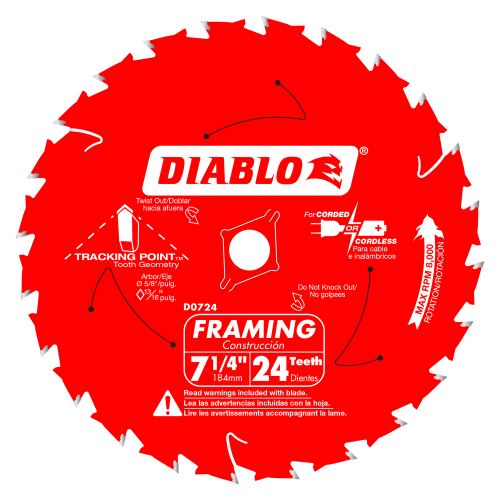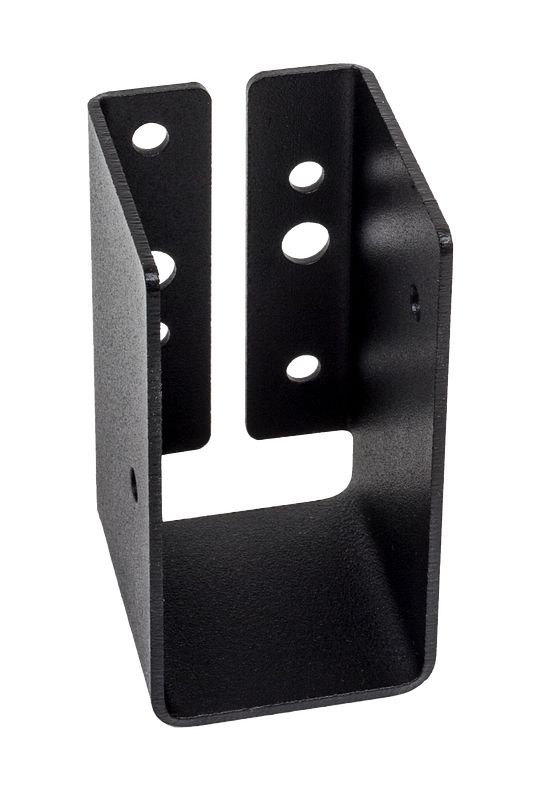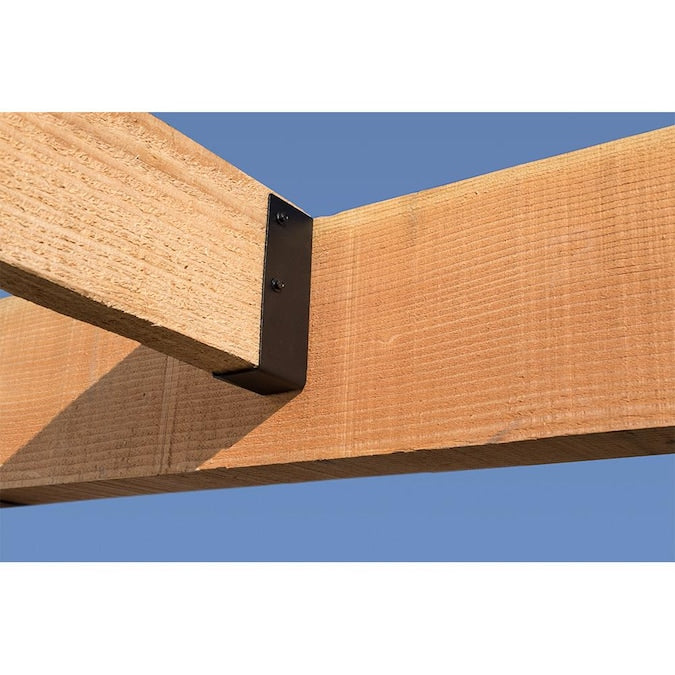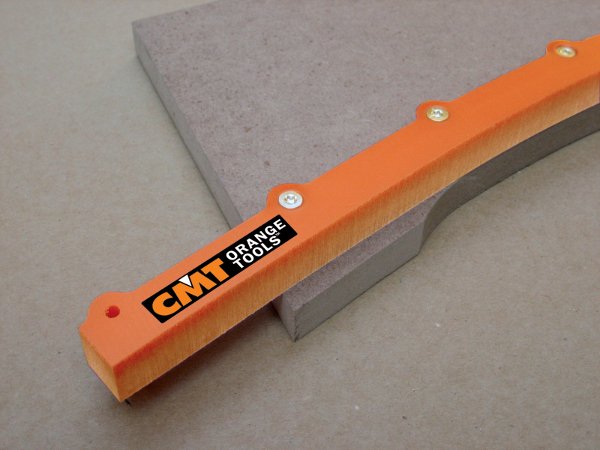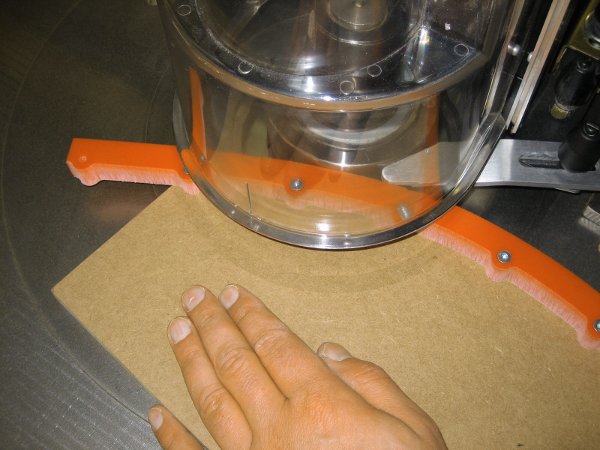Are you considering adding a deck to your home or looking to enhance your existing outdoor space? Understanding the essential parts of a deck is crucial for a successful and functional design. A well-designed deck not only adds value to your property but also provides a comfortable and enjoyable outdoor living area. Whether you're a DIY enthusiast or planning to hire a professional, knowing the key components of a deck will help you make informed decisions and ensure a sturdy and visually appealing structure.
Foundation
The foundation is the fundamental component of any deck. It provides stability and support to the entire structure. There are two primary types of deck foundations: concrete footings and helical piles. Concrete footings are large, sturdy blocks of concrete that are installed below the frost line to prevent shifting and settling. Helical piles, on the other hand, are steel screw-like shafts that are driven into the ground. They are suitable for areas with challenging soil conditions.
Decking Materials
Choosing the right decking material is crucial for the overall look, durability, and maintenance of your deck. Some popular options include pressure-treated wood, composite decking, and tropical hardwoods. Pressure-treated wood is affordable and widely available, but it requires regular maintenance. Composite decking is low-maintenance and resistant to rot, mold, and insects. Tropical hardwoods offer a luxurious appearance and exceptional durability but often come at a higher price point.
Joists and Beams
Joists and beams provide the framework for the deck. Joists are horizontal supports that are attached to the ledger board and run parallel to each other. Beams, on the other hand, are larger horizontal supports that carry the load from the joists. Proper sizing and spacing of joists and beams are crucial to ensure structural integrity and prevent sagging or bouncing.
Ledger Boar
The ledger board is attached to the house and serves as the primary connection point between the deck and the building. It is essential to properly install and secure the ledger board to ensure a strong and stable deck. Proper flashing and waterproofing techniques should be employed to prevent water damage and potential rot.
Posts and Post Anchors
Posts and post anchors are used to support the weight of the deck and transfer it to the foundation. They are typically made of pressure-treated wood or steel. Posts are vertical structural elements that are securely attached to the beams and rest on footings or post anchors. Post anchors provide stability and prevent the posts from direct contact with the ground, reducing the risk of rot and decay.
Railings
Railings not only enhance the aesthetic appeal of a deck but also provide safety and security. They are typically required for decks that are elevated off the ground. Railings can be made of various materials, including wood, metal, glass, or composite. Building codes often specify the minimum height and spacing requirements for railings to ensure the safety of occupants.
Stairs
If your deck has multiple levels or is elevated, stairs are an essential part of the design. Stairs should be properly sized, well-constructed, and meet local building codes. The riser height and tread depth should be consistent, and handrails should be installed for safety. Well-designed stairs not only provide convenient access but also contribute to the overall aesthetics of the deck.
Balusters
Balusters, also known as spindles or pickets, are vertical supports installed between the railing and the deck surface. They prevent people, especially children and pets, from falling off the deck. Balusters come in various styles and materials, allowing you to customize the appearance of your deck.


